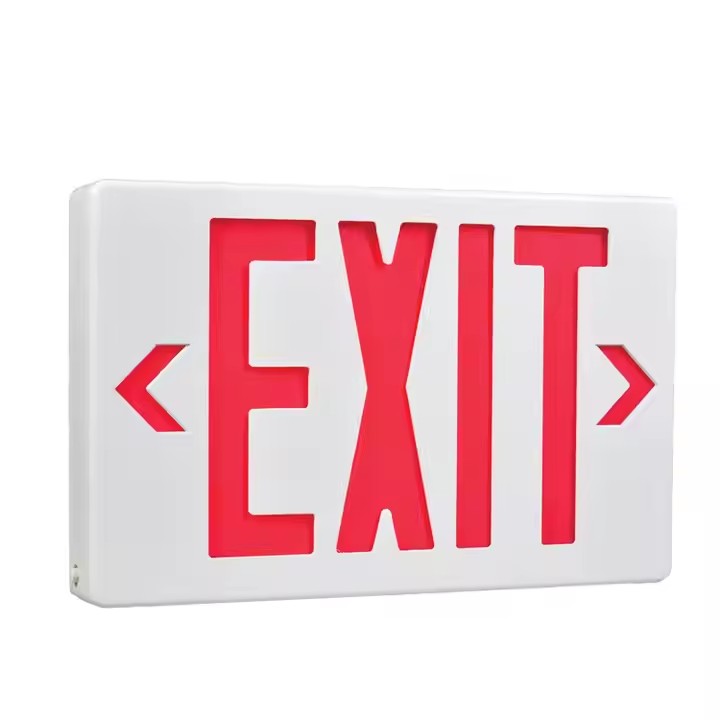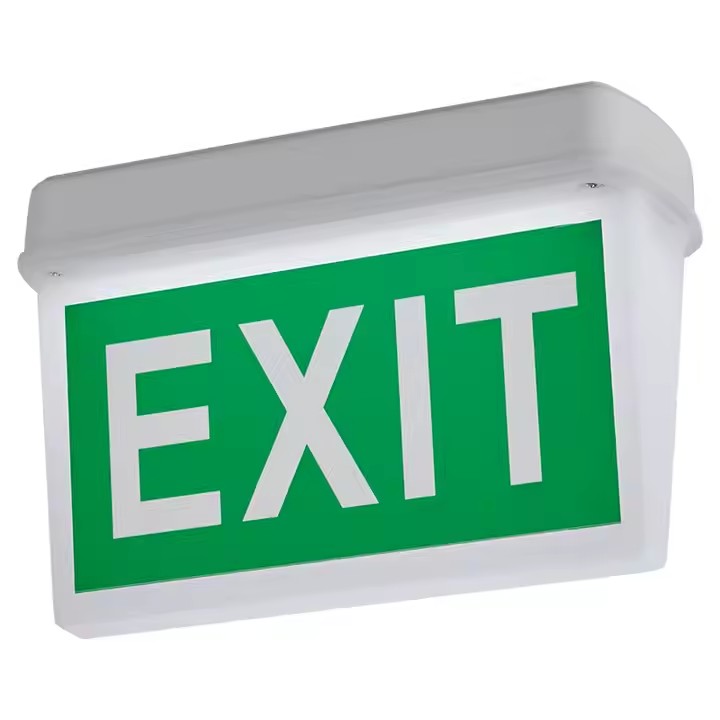Monday to Saturday - 8:00 -17:30
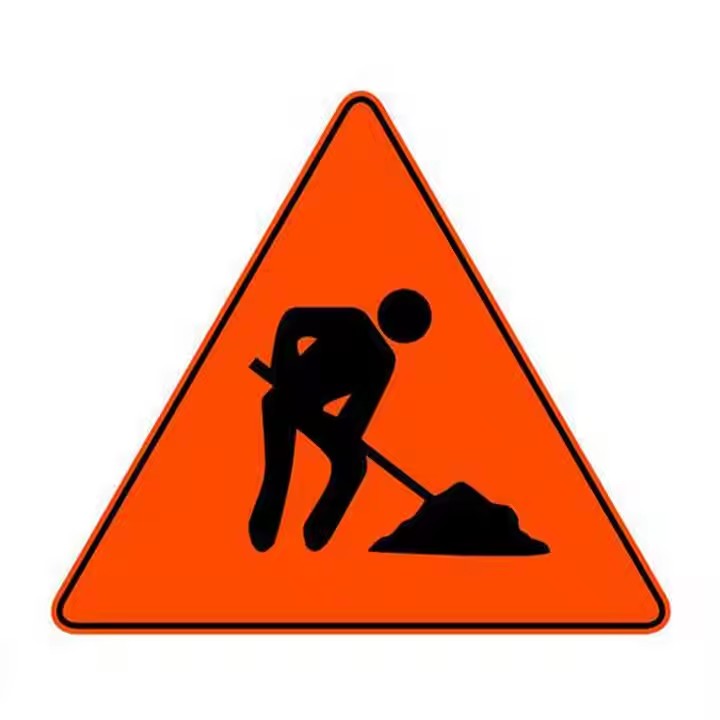
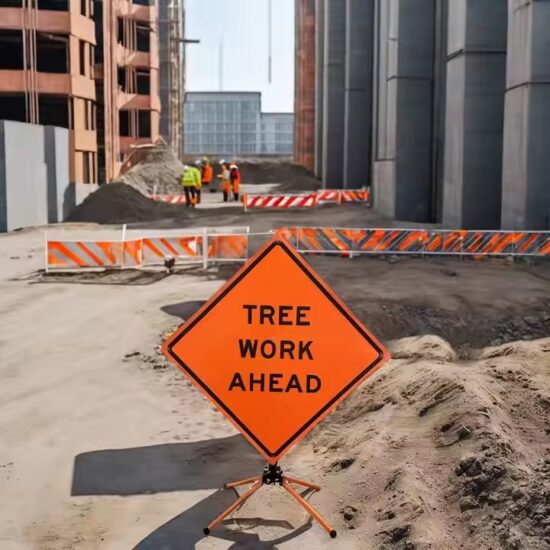
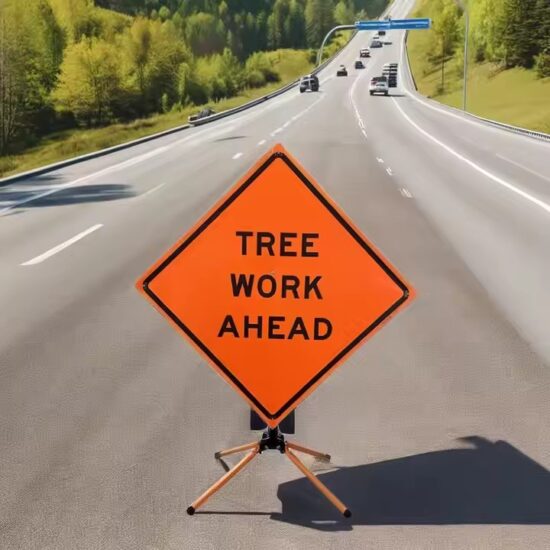
Top 10 Types of Construction Signs and Their Uses
Construction signs are essential for communicating safety instructions, warnings, and directions at job sites. Whether you’re managing a roadwork project, building construction, or industrial maintenance site, the right signs help prevent accidents, control traffic, and ensure legal compliance.
Here are the top 10 most common types of construction signs and how they are used effectively in various environments:
1. Warning Signs
Use: Alert workers and the public to potential hazards.
Examples: “Men at Work,” “Construction Zone Ahead,” “Uneven Surface.”
Importance: These signs are typically orange or yellow and play a critical role in preventing accidents and raising hazard awareness.
2. Regulatory Signs
Use: Indicate required behavior or restrictions on site.
Examples: “Speed Limit 15,” “Stop,” “Yield,” “Keep Right.”
Importance: Often mandatory by law, these signs ensure traffic and pedestrian control around the site.
3. Prohibition Signs
Use: Communicate forbidden actions to prevent unsafe behavior.
Examples: “No Entry,” “No Parking,” “Do Not Operate Without Authorization.”
Importance: Helps restrict access to dangerous areas and control site security.
4. Mandatory Signs
Use: Indicate actions that must be followed.
Examples: “Hard Hat Required,” “Safety Vest Must Be Worn,” “Eye Protection Required.”
Importance: Helps enforce compliance with PPE and site safety rules.
5. Directional Signs
Use: Guide vehicles and foot traffic through or around the job site.
Examples: “Detour,” “Entrance →,” “Exit ←,” “One Way.”
Importance: Essential for organized movement and traffic management, especially during road construction.
6. Informational Signs
Use: Display non-safety related but useful information.
Examples: “Project Managed by XYZ Co.,” “Completion Date: Dec 2025,” “Site Office.”
Importance: Adds professionalism, accountability, and clear communication.
7. Hazard Signs
Use: Warn about specific site dangers.
Examples: “High Voltage,” “Asbestos Area,” “Chemical Storage.”
Importance: Critical for preventing incidents and meeting hazard communication standards (e.g., ANSI/ISO).
8. Reflective & High Visibility Signs
Use: Improve visibility in low-light or nighttime conditions.
Examples: Reflective “Road Work Ahead” signs or LED-lit barriers.
Importance: Enhances safety for drivers and workers during night shifts or bad weather.
9. Temporary Construction Signs
Use: Provide short-term warnings or instructions.
Examples: Foldable “Wet Paint,” “Fresh Asphalt,” “Lane Closed Today.”
Importance: Easily portable and perfect for short-term or moving construction zones.
10. Custom Branded Construction Signs
Use: Incorporate company logos, custom messages, or project branding.
Examples: Custom signs with logos and bilingual messages.
Importance: Enhances brand visibility and supports multilingual or site-specific messaging.
✅ Final Thoughts
Each type of construction sign serves a unique and necessary function. Whether you’re ensuring compliance with safety standards or simply managing traffic flow, choosing the right signs can dramatically improve the safety and efficiency of any job site.
For custom construction signs tailored to your project’s needs, contact us for design support, fast production, and bulk pricing.

